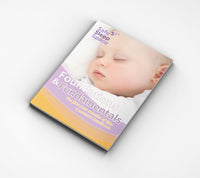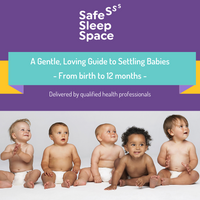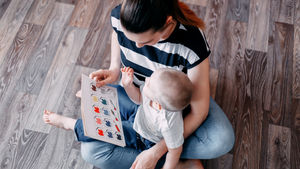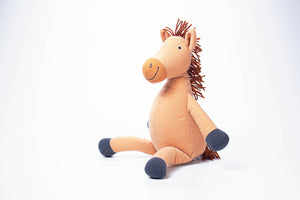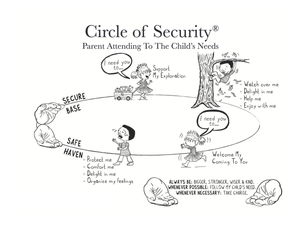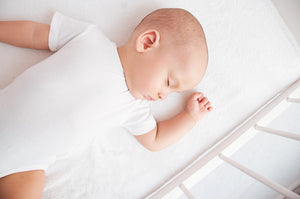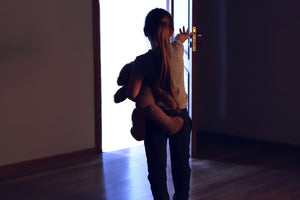Baby sleep - Adjusting to the end of Daylight Savings

To adjust our babies and toddler sleep to the end of daylight savings - use our guide and start a few days ahead!
Sunday 2nd April will mark the end of daylight savings in New South Wales, Victoria, South Australia, Tasmania and the ACT, when the clocks will be put back by one hour. For babies and toddlers the changing of times can interfere with their little body clocks and add an extra challenge to bedtimes! Here are some things parents can do to help their baby/toddler adjust more easily to this change.
Plan and make the adjustment slowly
Babies and toddlers can’t cope with abrupt changes. The key to adjusting to the end of daylight savings is to make the changes gradually. We recommend that parents start the process around 4- 5 days before the end of daylight savings and change the baby’s or toddler’s routine in 15 minute increments each day. This means waking the child up, giving them lunch /dinner and putting them to bed 15 minutes later than the day before. Once the clock changes you will have begun the progressive move so it won’t feel so hard for so long.
For example: if your baby has a 7pm bedtime and generally wakes up at 7am
|
Day |
Routine |
Night time Bedtime |
|
Day 1 Wednesday |
Keep same usual pattern of sleep & feed times |
7pm |
|
Day 2 Thursday |
Sleep & feed times 15 minutes later so the first feed of the day should start at 7.15am not 7am |
7.15pm |
|
Day 3 Friday |
Sleep & feed times 30 minutes later; so the first feed of the day should start at 7.30am not 7am |
7.30pm |
|
Day 4 Saturday |
Sleep & feed times 45 minutes later; so the first feed of the day should start at 7.45am not 7am |
7.45pm |
|
Day 5 Sunday |
Clocks have changed. Wake your child at 7am (new time) and back on usual routines. |
7.00pm (new time) |
Stick with the sleep routine
It’s especially important to stick with the usual bedtime routine, for example bath, story and cuddles, as your child is now dealing with a change in schedule. Children love the sense of predictability and it will give them the powerful signal that it is bedtime!
Speak to your Early Childhood Centre
If your baby or toddler attends childcare, speak to the staff and let them know what changes you will be making and discuss how they can support you.
Control the light
Blocking out sunlight in the evening and morning can help your child adjust to their new sleep times. Invest in some blackout blinds, or even use some cardboard or black plastic on the windows.
Be patient and sympathetic
It will generally take about a week after the end of daylight savings for your child to adjust to their new sleep pattern. During this time you may notice that they may be a little grumpy or tired. Try and be understanding especially if they are particularly cranky or clingy. Finally, don’t forget to look after yourself too! Adults can also feel sluggish and cranky during this time too so make sure you are also getting the rest you need.
Help with looking after your baby
The Nourish Baby - Guide to Babies - is an online program that you can view in your own time. The Guide to Babies helps you to understand and care for your baby and covers key milestones, sleep and settling advice and baby development. There is a section on real parents sharing their experience of adjusting to parenthood.
Many parents have reduced sleep when a new baby arrives. The Safe Sleep Space website has a variety of resources and supports to provide tips and advice on how to assist your baby with sleep. You can also book a phone consultation to speak with a Sleep Consultant.
Other blog posts you will find helpful:
When is it time to get help for my child's sleeping?
Why is infant mental health so important when it comes to sleep?
Amber beads. Why they're really not a good idea.
